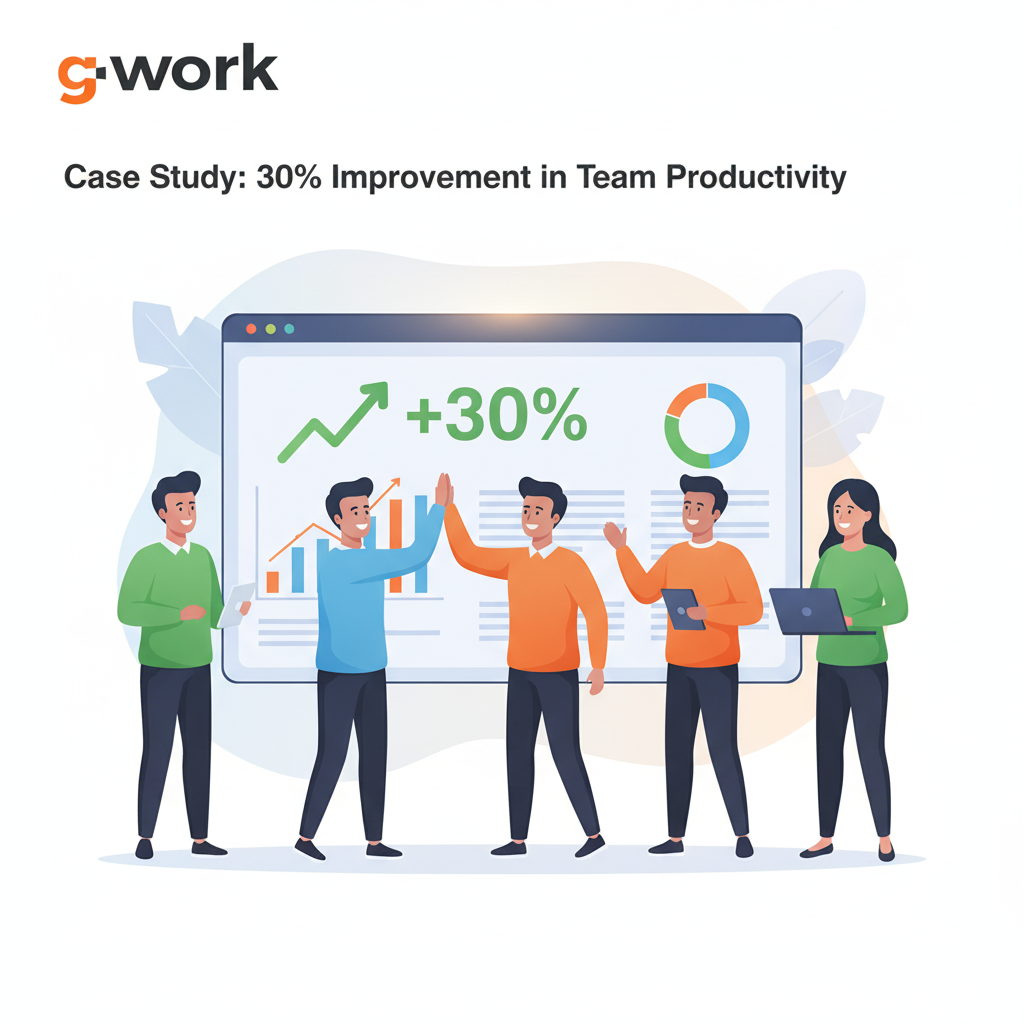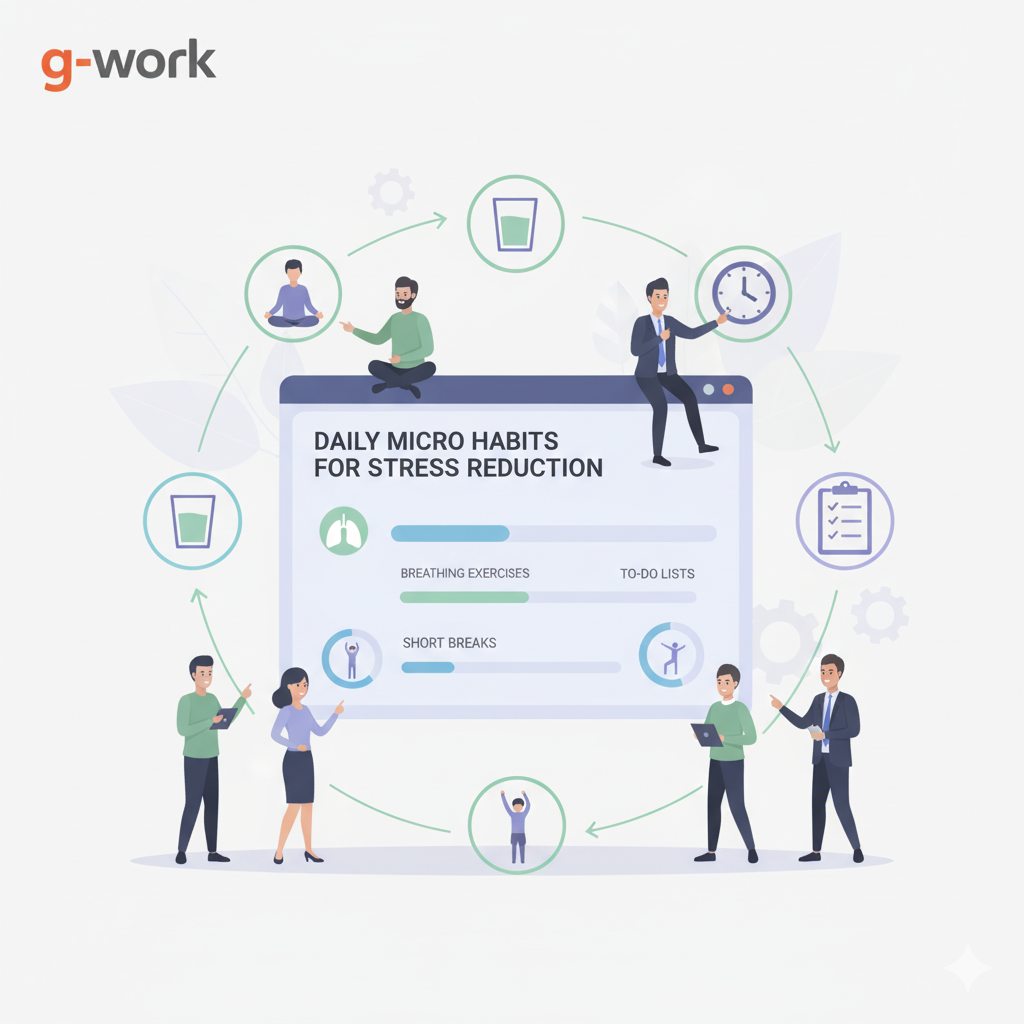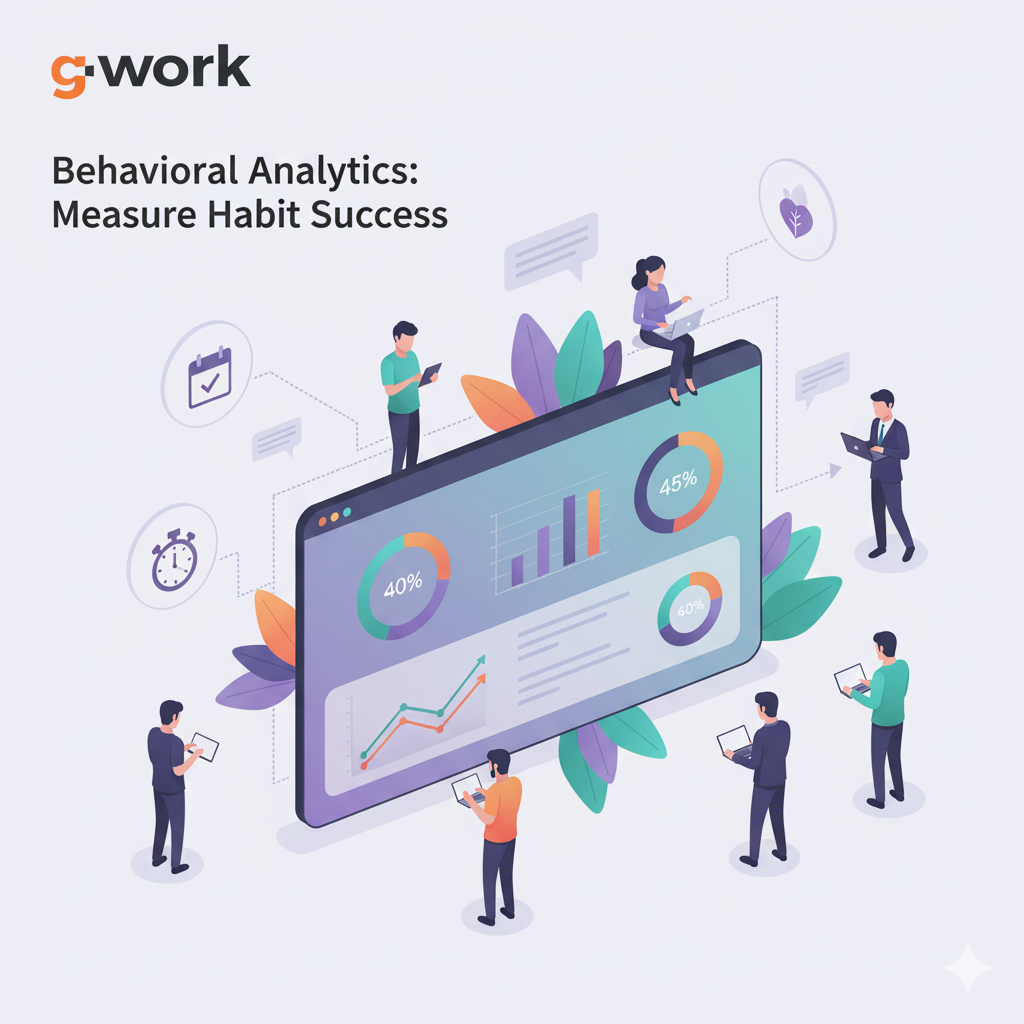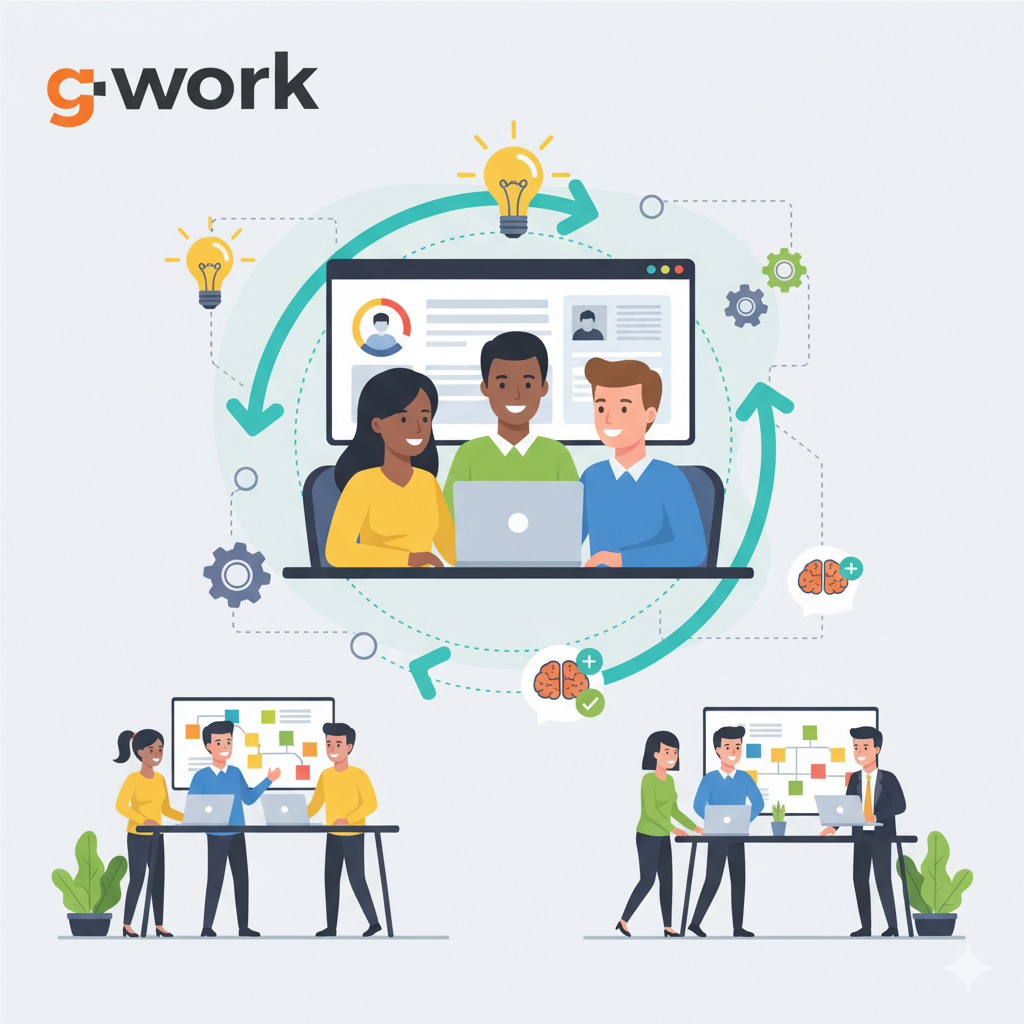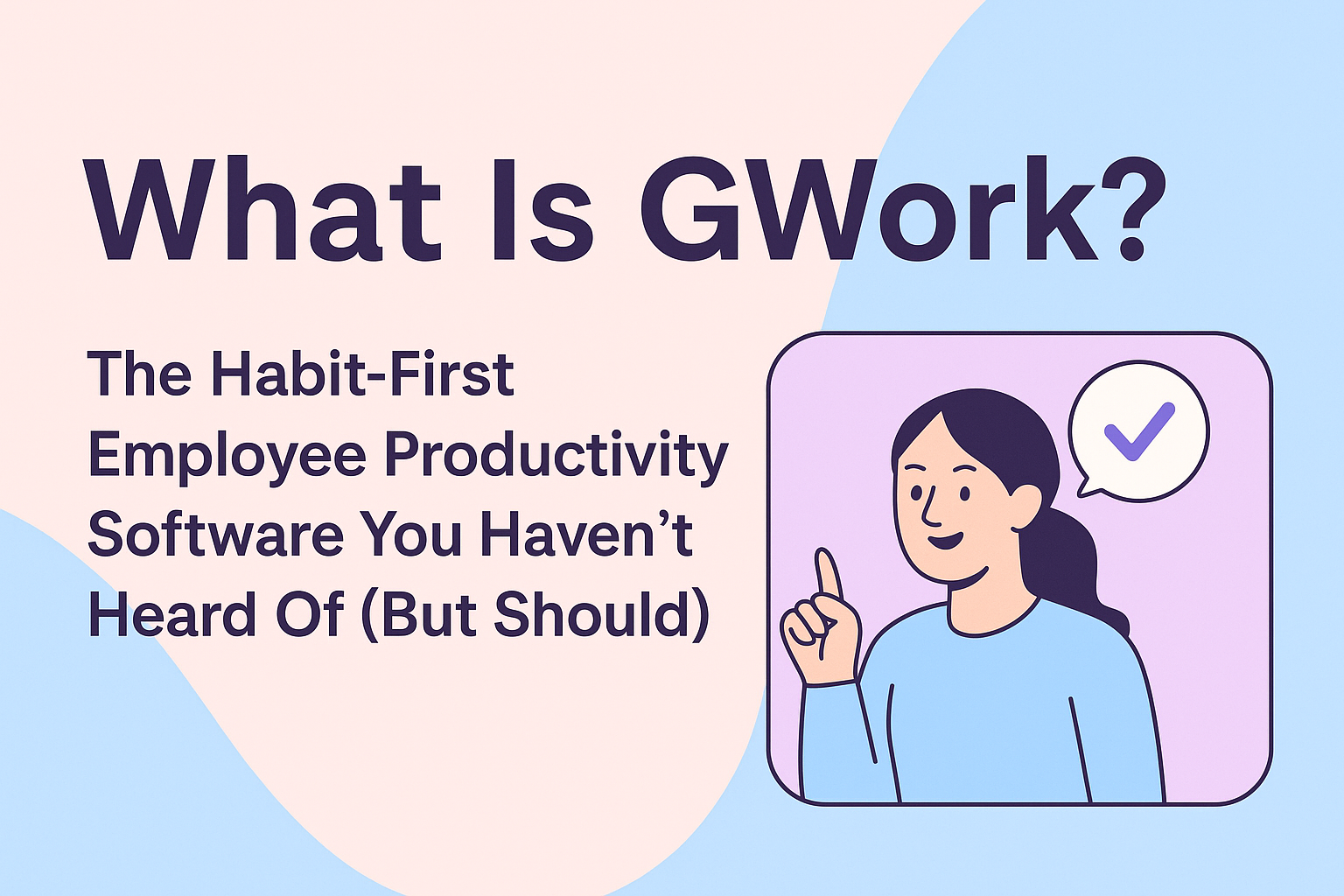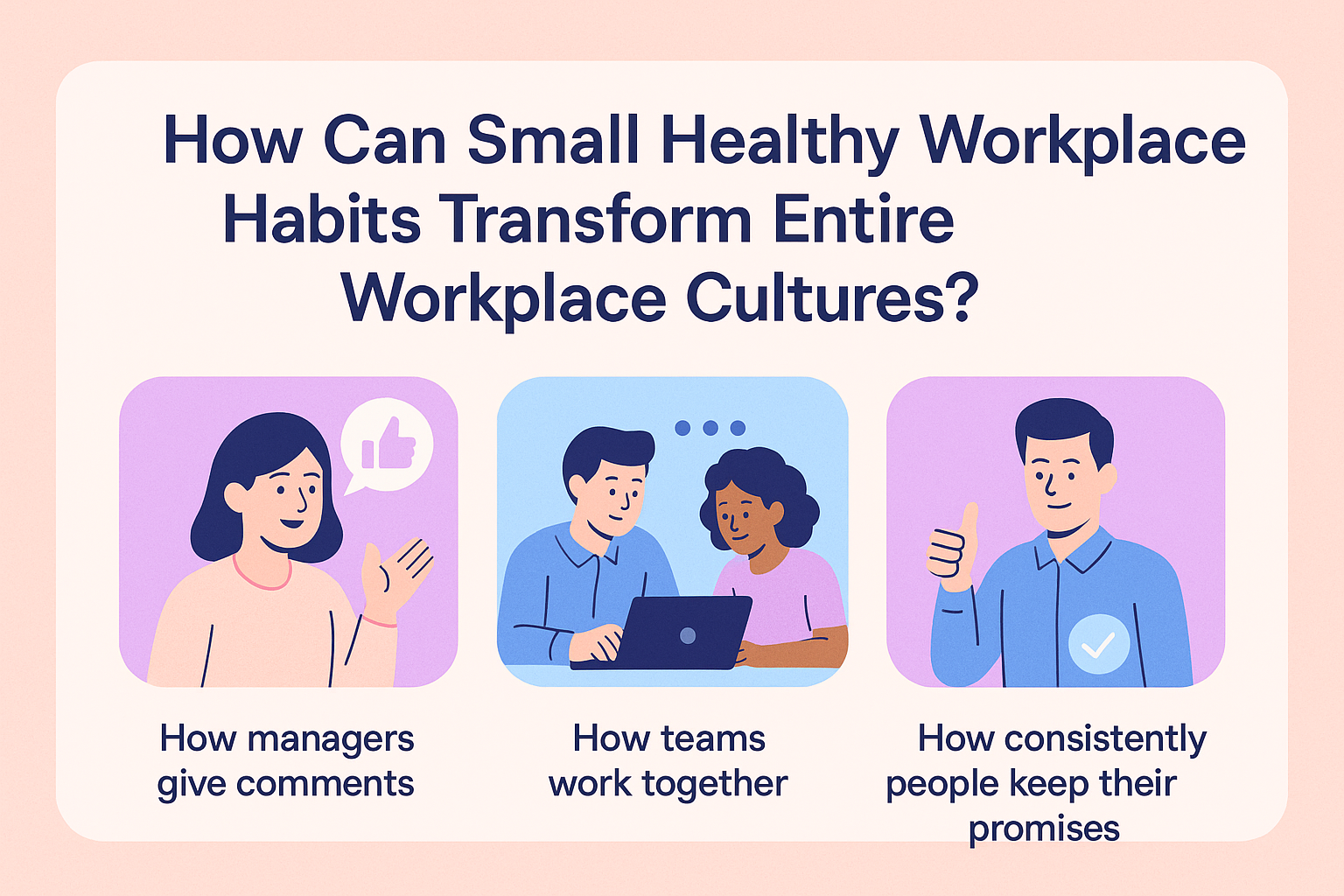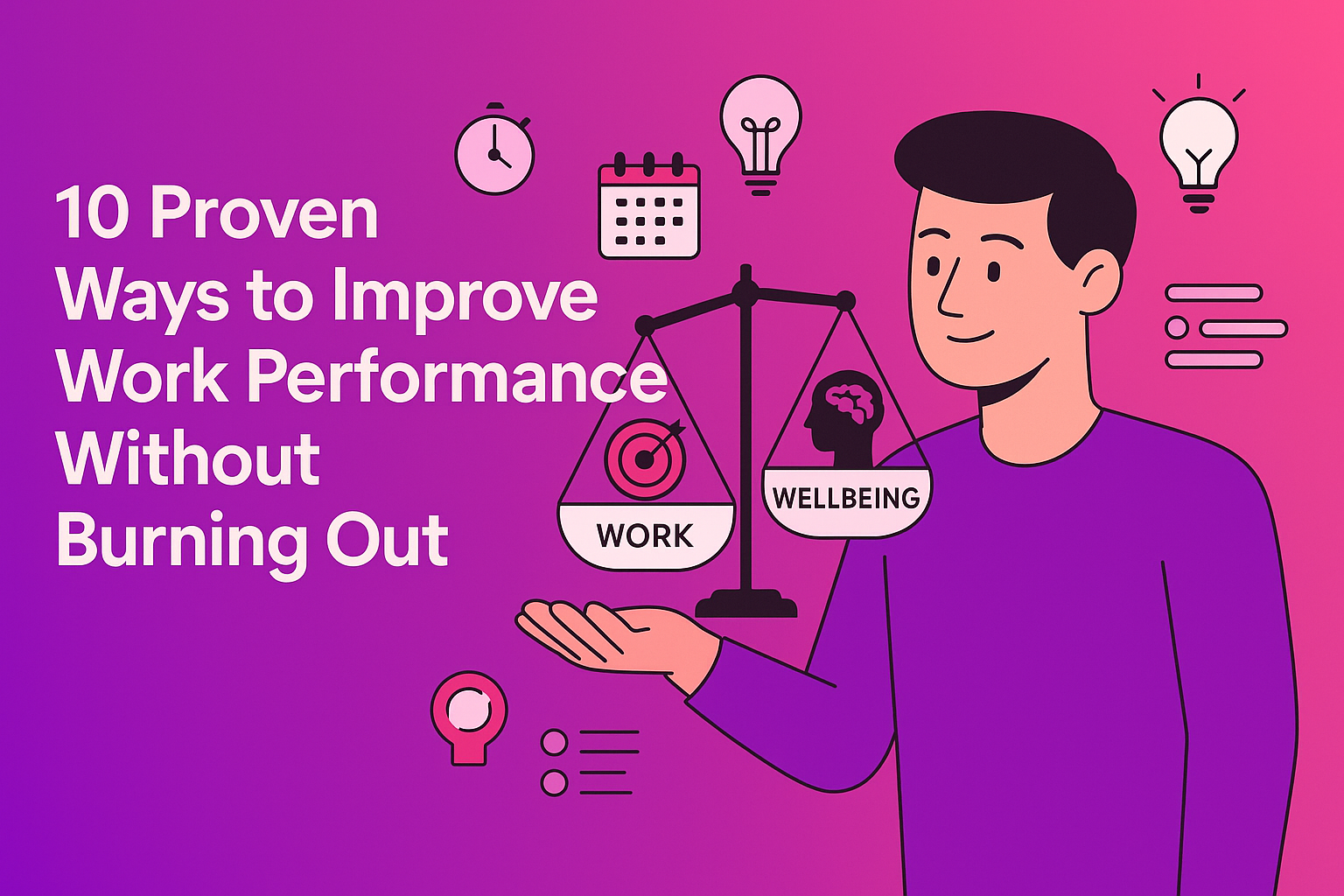Let’s face it – today, your competitors can, and do, copy you. It’s easy these days to do so. With one click of the mouse, they can mimic and duplicate your website code, your onboarding process, your customer support, the business model you utilise, and learn to use the same tech stack as you. Today, using Salesforce, Hubspot or Workday is hardly your leg up on the competition. These are mere commodities that don’t remain your competitive advantage for long. However, how fast you move and how quickly you learn from your context as a business, now that’s a source of differentiation and will be at the core of your success.

That key differentiator, my friends, comes down to your people. Like it or not, your people – what they know and how they show up in meeting the challenges of your industry, matters – a lot. And, most importantly, it’s almost impossible to copy. The hours, weeks and months your workforce has spent working on business-critical problems, sleepless nights racing to the finish line on a deliverable or a big pitch, building a customer journey or pivoting a vertical or product, that knowledge is priceless. Each of those individuals is part of a collective knowledge bank of wisdom that comes only through experience and, together, makes up a significant percentage of the DNA within your competitive advantage.
When you then reflect on the unfathomable costs – visible and invisible – of recruiting, retraining and re-culturing these type of employees and take into consideration the untrackable loss of innate knowledge that you suffer through when those individuals wave goodbye and walk away from your company, you slowly realise that the deficit is even more than what is presented on your balance sheet.
And now, it seems, they might be leaving in droves. The world has opened up to them. People are now employable anywhere and between the new distributed model of working, the Great Resignation, vaccine mandates and the global shortage of knowledge workers, they’re being offered insane packages to work remotely at newly funded Fintech startups or just simply moving on.
Now What?
Because of this, it’s more crucial than ever to retain them and companies should be upping their game not only in their recruitment strategies but even more importantly, in their retainment strategies.
Let’s not mince words – to safeguard this crucial secret sauce that no-one can quite reverse engineer IS a competitive advantage.
However, both retaining and recruiting top staff has never been more difficult for employers. I recently spoke to a technology leader in a scale-up business and he shared with me that he can’t find good talent no matter what strategy he’s tried. They don’t even answer LinkedIn InMails and cold outreach because they’re receiving 10 requests a day from headhunters. He can compete on budget but, first, he simply needs them to reply to the message.
Historically, employee turnover has been largely driven by the need for a better salary but employees no longer just want you to “show them the money”. That’s “so” 1996 Jerry Mcguire. Today, talent is after so much more than that.
The pandemic has burnt us all out to some degree and we are re-assessing everything about our lives – personal and work related. Everything is being questioned in this time of Covid – values, meaning, autonomy, bodily freedom and, of course, our day-to-day jobs. And, because the pandemic has spurred companies to embrace “work from anywhere” policies,
the world is your employee’s oyster. Everyone is fair game and they’re coming for your people.
Employees can pursue employment opportunities virtually anywhere in the world. And this has changed the game. It’s made the jobs of employers that much harder and, now, the approach to employee value propositions must meet this need.
Beyond the Dolla’ Bill
Even before the pandemic, money wasn’t viewed as the best retention strategy. In 2018, Harvard Business School Assistant Professor, Ashley V. Whillans, found that more than 80% of American employees didn’t feel recognised or rewarded despite American companies spending more than a fifth of their budgets on wages. These leading trends are only accelerating. In 2021, the famous Gallup engagement survey showed that 74% of actively disengaged workers are either diligently looking for new employment or constantly scanning for suitable roles.
Don Rheem, echoes this in Thrive By Design: The Neuroscience That Drives High-Performance Cultures, saying “Money satisfies, but it has very little impact on daily behaviour. Far more impactful are things that money can’t buy – things a responsive employer should be providing every day.” Marcus Buckingham reminds us that “people don’t leave companies, they leave managers.”
This is because being paid is a given. Candidates expect to be remunerated monthly for their services. And while a salary increase is certainly great, it doesn’t automatically guarantee higher levels of satisfaction, motivation, fulfilment, and output.
What so many get wrong in their attempts to keep employees in their business and not poached by the industry neighbour, is that you can use perks and benefits to attract but it’s not enough to retain that talent. Perks, like wages, aren’t the ties that bind commitment. It’s important to get that clarified in your mindset if you’re to win the long-game.
Make sure you avoid confusing your company’s culture with perks or benefits. While perks can demonstrate work-life balance or another value, they should not be viewed as part of your culture, or the reason to stay. There’s no doubt that offering remote work is now a differentiator, but it doesn’t buy loyalty.
Remote and hybrid work has dethroned perks. Two of my friends left high paying jobs at companies like Google and Amazon in the pursuit of meaning. That free lunch at the office canteen (when you’re expecting to dine at the all-you-can-eat luxury buffet) or the designer bean bag office chairs no longer matter as much.
Firstly, these perks are harder to achieve in our new hybrid or remote realities. It’s not that company culture disappears in a remote context, but cultural beliefs and norms are not being guided by rituals and routines that were previously established in a brick and mortar office. After all, it is harder to hold a collective sense of culture when things are not face to face. We would also need to unpack what I mean by “culture” but that’s for another article. Perks cost money and you’re more lean than ever.
Reining in retention
It’s time to apply your mind and start to measure – if you’re currently not – how long you keep an employee for. Not just the amazing shoot-the-lights out “A” players. By employees, I mean everyone. Knowing your retention strategy and how to build it is key. Especially in a new world, unlike those of our forefathers who stayed at a job from cradle to grave. Now, the average employee only stays in a role for five years, if that. In fact a recent report by the Bridge Group reveals employees only stay on average of 18 months in a role.
Employers need to start looking beyond a competitive salary package and benefits and shift their focus to the intangible factors that employees seek, either consciously or unconsciously. Based on everything shared so far, I would weight salary at 30% and benefits at 10%. What about the other 60%? Think about how you build out this equation;
Purpose + People + Profits. There’s more to consider but that’s a good start.
Spend more time defining and refining “Purpose” and “People” and tangibly measure these value propositions. Not every six months in an engagement survey, but in the flow-of-work, in one-on-one’s, in performance reviews and in exit interviews.
Get super clear on roles and mandates. Make sure your people have the autonomy to make your company great. As Viktor Frankl famously said in Man’s Search for Meaning, “Life is never made unbearable by circumstances, but only by lack of meaning and purpose.” That’s all each of us is after. To be part of something. A sense that we can build and co-create as part of a community called an organisation.
And, finally, “People”. Make sure the people they work with and how they work with them is fulfilling for everyone involved. Guard the behaviours of your culture as a prized possession of your retainment strategy. Expect these behaviours and measure them – often. Culture is rarely defined by company events. I’ve never heard someone say “I left because they didn’t have an office party in December” or “they didn’t give enough swag”. It’s critical to focus on day-to-day realities where the pressures are up and the masks are down. Measure that.
If you take care and create an environment for “purpose” and “people” that is conducive to all involved, your profits will follow.
While you can’t always stop other businesses from poaching your staff, you can make your employees unpoachable. So, when the next Silicon Valley hits up your employees InMail, they have no need to respond to the message. They know where they stand and why they are standing there. Remember, the grass is only greener where it is watered. This is why creating an environment where everyone flourishes should be as important and business-critical as winning clients and delivering great work.
This is what makes your employees unpoachable.

